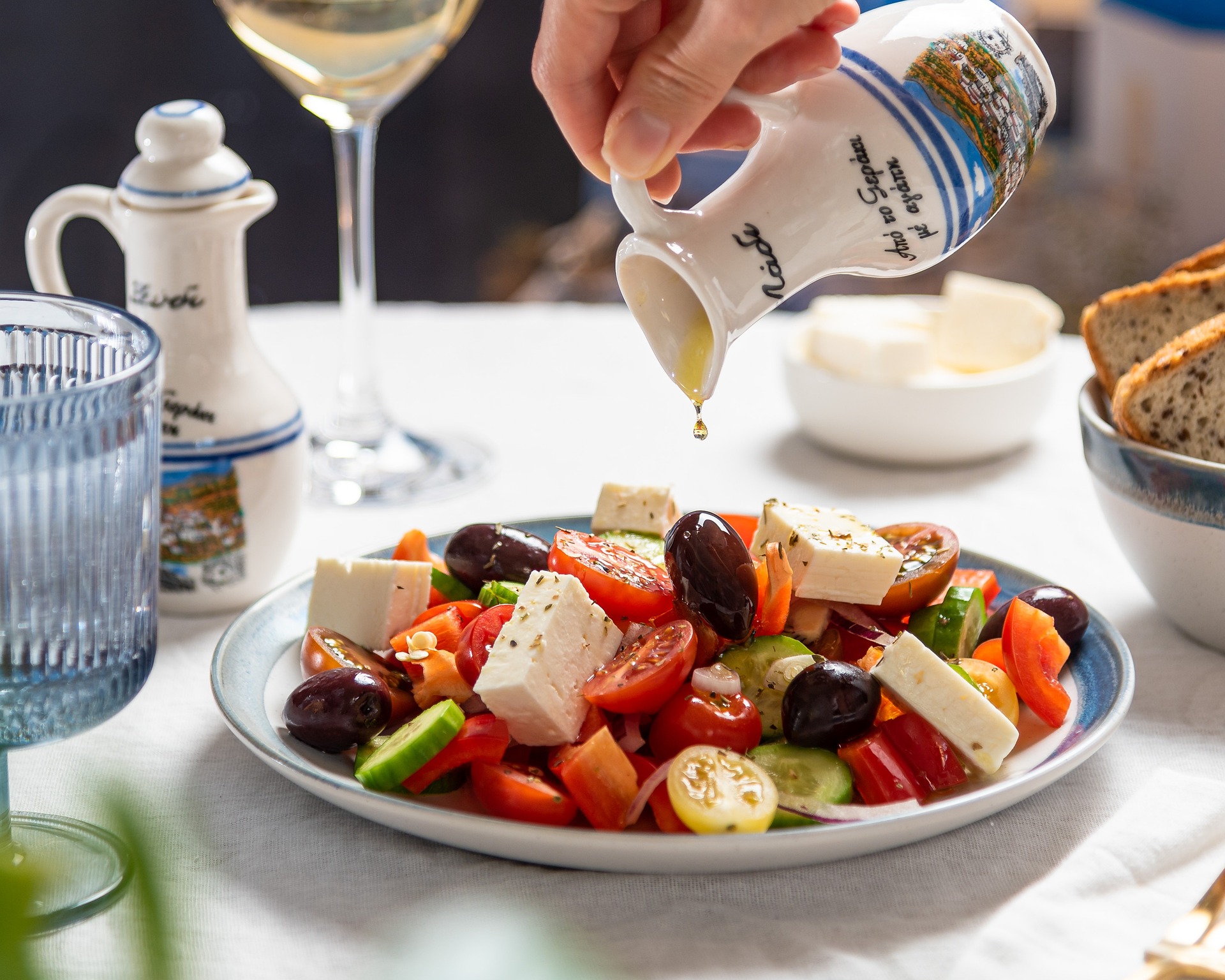Delving into the Intricacies of Thai Fruit Carving: A Culinary Art Form
Thai fruit carving, known as Kae Sa Luk, is an ancient art form that transforms ordinary fruits and vegetables into intricate sculptures. This article will explore the history, techniques, and contemporary trends of this unique culinary art, encouraging you to try it at home and appreciate the beauty of food in a whole new way.

The Historical Roots of Thai Fruit Carving
Thai fruit carving dates back to the 14th century during the Sukhothai dynasty. The art form was initially reserved for royal feasts, where carved fruits and vegetables were used as decorations. The first documented carving was a bird and flower creation made for a royal festival known as Loi Krathong. Today, Kae Sa Luk remains an integral part of Thai culture, seen in festivals, weddings, and even Thai cooking schools.
Mastering the Techniques of Kae Sa Luk
Kae Sa Luk requires precision, patience, and creativity. The basic technique involves carving the outer layer of a fruit or vegetable to reveal the vibrant inner flesh. Commonly used fruits include watermelons, papayas, and pumpkins due to their size and color contrast. Beginners often start with simple designs, such as leaves or flowers, before progressing to more complex sculptures.
Current Trends in Thai Fruit Carving
In recent times, Thai fruit carving has gained international recognition, with competitions held worldwide. The trend has also shifted towards smaller, more detailed carvings. Miniature sculptures, often made from radishes or cucumbers, are increasingly popular. Some artists even incorporate food coloring or use the fruit’s natural shades to enhance their designs.
The Role of Thai Fruit Carving in Modern Thai Cuisine
Despite its historical roots, Kae Sa Luk is not just a tradition but an integral part of modern Thai cuisine. Chefs use fruit carvings to enhance the visual appeal of their dishes, making the dining experience more enjoyable. Even street food vendors often include a small carved garnish, proving that this art form is not exclusive to high-end restaurants.
Trying Thai Fruit Carving at Home
While it might seem intimidating, Thai fruit carving is a skill that anyone can learn with practice. All you need are a sharp carving knife, fresh fruits or vegetables, and a little patience. Start with simple designs and gradually challenge yourself with more intricate patterns. Remember, the goal is not only to create a beautiful sculpture but also to enjoy the process.
-
Did you know? The first known Thai fruit carving was a bird and flower design.
-
Tip: Start with soft fruits like watermelons or papayas, which are easier to carve.
-
Fun Fact: Traditional Thai fruit carvings are often symmetrical, reflecting the importance of balance in Thai culture.
As you delve into the world of Thai fruit carving, you’ll discover a new appreciation for the beauty of food. Kae Sa Luk is not just about creating art, but also about understanding and respecting the ingredients we use every day. So why not pick up a knife, choose a ripe fruit, and let your creativity flow? You might be surprised at what you can create.




